Module 1 Pig Welfare, Slaughter and Biosecurity
3 Pig sourcing
Last Updated: 7 Jan 2022.
3.1 Demonstrating assured farm, vehicle and collection centre traceability
3.1.1 To be eligible, pigs shall be born and reared for their entire lifetime on an assured farm that is certified by either Red Tractor, Quality Meat Scotland (Pigs) or an equivalent farm assurance scheme recognised by the BMPA
3.1.2 Pigs shall be transported from the farm to the abattoir/collection centre on assured livestock vehicles certified to either the Red Tractor, or the Quality Meat Scotland livestock transport scheme or an equivalent livestock transport scheme recognised by the BMPA.
3.1.3 Collection centres or external lairages shall only be used as part of the sites emergency procedures to facilitate business continuity and shall be certified to the Red Tractor Livestock Market and Collection Centre standard or an equivalent standard recognised by the BMPA. If collection centres or external lairages are used, they will be to the same standard as an on-site lairage e.g. CCTV etc.
3.1.4 Pigs traded through livestock markets shall be excluded from the BMPA Quality Pork Charter – procedures shall be in place to manage/segregate pigs excluded from the charter.
3.1.5 The abattoir shall have a procedure in place to confirm the assured status of the farms, collection centres and livestock vehicles for each consignment of pigs arriving at the site.
Guidance
The site shall be able to demonstrate that the assurance chain is intact for each consignment of pigs on delivery. Approved assured farms, livestock vehicles and collection centres may be verified for status using the following assurance checkers to ensure that the assurance scheme certificate is still valid:
3.1.1 For assured pig farms:
3.1.2 For assured livestock vehicles:
Note that farmers who use their own transport will have their livestock vehicles assessed in the farm assurance audit and the vehicles are certified under that scheme, so the farm assurance check is sufficient to comply with this requirement.
3.1.3 For assured collection centres the auditor shall confirm with the processing site if collection centres are used:
Evidence
Copy ofassured farm, livestock vehicle’s and where applicable, collection centre certificates and that information is available to verify the assured farm, livestock vehicles and collection centre (where applicable) used for each consignment of assured pigs can be obtained from the animal movement document. Further verification can be obtained by contacting the assurance certification body or the assurance scheme owner.
3.2 Animal movement documentation
3.2.1 Each consignment of farm assured pigs shall be accompanied by an animal movement licence document at all times which details the following:
- name of the producer
- holding unit the pigs came from
- farm assurance certification number
- pig slap number/ear tag
- number of pigs
- country of birth, rearing and slaughter or a statement of pig’s origin (where pigs are born and reared in one country, a single statement of origin is sufficient)
- details of livestock vehicle
- date of movement
3.2.2 Copies of animal movement documents shall be kept by the charter participant for a minimum of 12 months.
Guidance
It is recommended that producers use the AHDB Pork electronic animal movement licence (eAML) system, Scot EIDor an equivalent.
Evidence
Examples of animal movement documents since the last audit should be reviewed and cross referenced to a selection of producers supplying assured pigs.
3.3 Pig identity checking
3.3.1 On arrival at the lairage, checks shall be carried out to ensure that each individual pig can be identified by a legible slap mark or ear tag that can link the pig to the supplying farm.
3.3.2 On arrival at the abattoir the slap mark/ear tag shall be verified against the animal movement licence (eAML2).
3.3.3 Pigs whose identity cannot be proven beyond reasonable doubt shall be excluded from the BMPA Quality Pork Charter. Procedures shall be in place to manage/segregate pigs excluded from the charter.
3.3.4 Recurring issues with illegible/missing slap marks/ear tags shall be reported to the producer. On the first instance this should be reported to the producer, any further instances are to be reported to trading standards should the issue still persist.
Guidance
The slap mark or ear tagenables the charter participant to trace each pig back to the assured farm. This is also a legal requirement to ensure traceability. Slap marks/ear tags shall be clear and legible and may comprise of letters or numbers or a combination of the two. If it is not possible to verify the identify the pig/pigs, then this can be done at the dead weight scale. If the pigs slap is unidentifiable but, the records of the delivery and all other documentation prove that the pig/pigs are from an assured farm then these carcasses can be passed as BQAP pork.
Evidence
Verification of slap marks/ear tags on slaughter line and in carcass chills. Review procedures for dealing with pigs that have been excluded from the charter.
Where recurring issues with illegible slap marks/ear tags have been found, evidence of reporting back to the producer shall be reviewed. Evidence must be documented and available to review.

